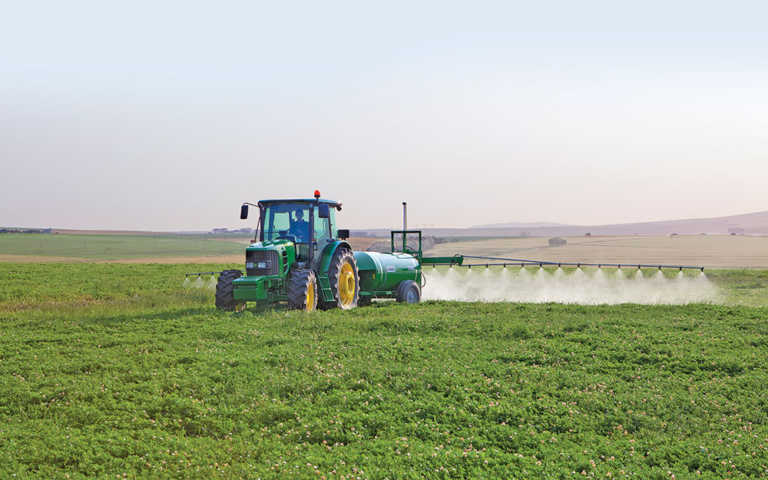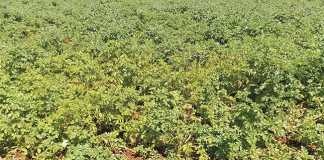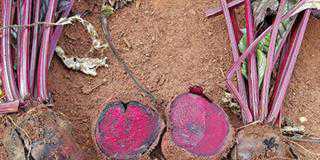
Photo: FW Archive
Selective herbicides control specific weed species, while leaving your crop relatively unharmed. Non-selective herbicides are used to clear waste ground and kill any plant they touch.
Herbicides applied to the soil are usually taken up by the root or shoot of the emerging seedlings and are used for pre-plant or pre-emergence treatment.
Positioning of the herbicide in the correct layer of soil is very important, as many soil-applied herbicides are absorbed through plant shoots while these are still underground.
By contrast, herbicides on the soil surface are subjected to several processes that reduce their availability. For example, the herbicide can vaporise (volatility) or be weakened by exposure to sunlight (photolysis).
Foliar herbicides are applied to portions of the plant above the ground and are absorbed by exposed tissues. These are generally post-emergence herbicides and either move throughout the plant (systemic) or remain at a specific site (contact).
Delivery
Most herbicides are delivered as water-based sprays using ground equipment. This can range from knapsacks to self-propelled sprayers equipped with long booms and spray nozzles.
Herbicides can also be delivered through irrigation systems (chemigation).
New developments
As is well known, weed resistance to herbicides has become a major concern in crop production worldwide. Rotation of herbicides from different chemical groups in successive years should reduce selection for resistance and is a key element in most resistance prevention programmes.
Seed companies Dow, Bayer CropScience, Syngenta and Monsanto are all developing seed varieties that are resistant to herbicides, which will make it easier for farmers to use alternative herbicides.
Sources: Cobb, A and Reade, J. 2011. Herbicides and Plant Physiology. John Wiley & Sons: New Jersey, US. Vats, S. 2015. ‘Herbicides: history, classification and genetic manipulation of plants for herbicide resistance’. Sustainable Agriculture Reviews. 15: 153-92.













